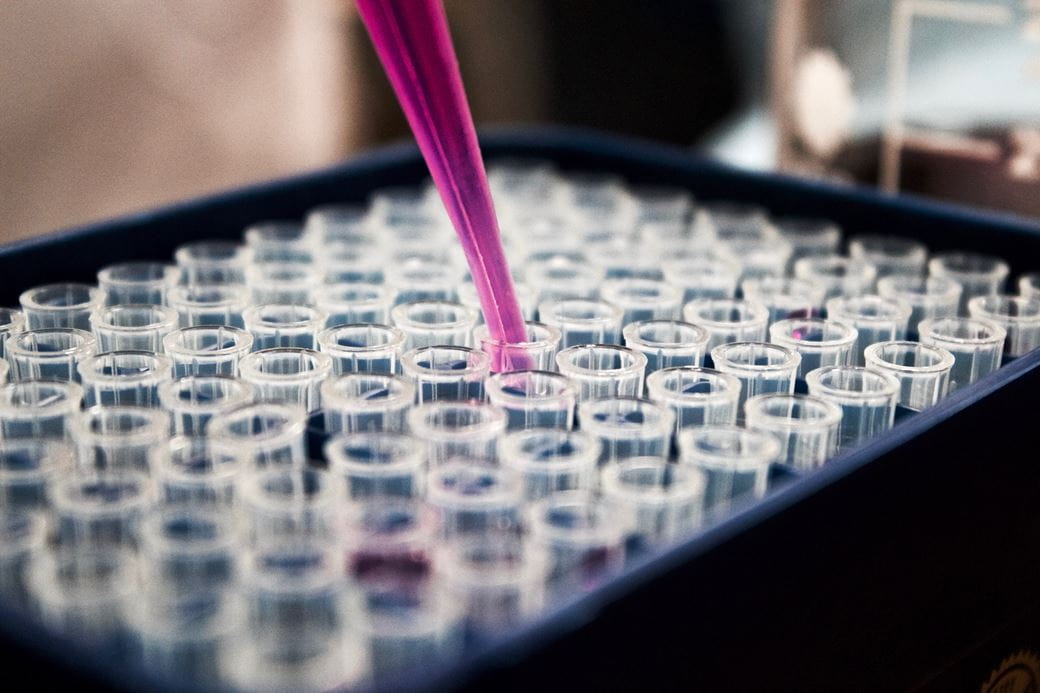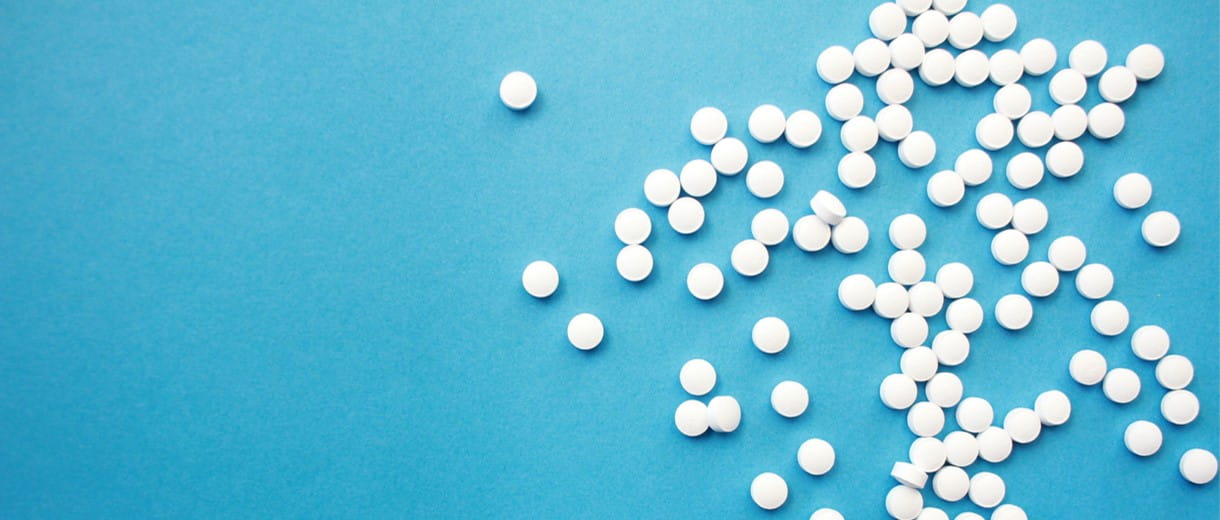
From spotting patterns in reams of data to identify new drugs or improve existing ones, to streamlining the recruitment of testers and the testing process itself, artificial intelligence is making waves in the pharmaceutical industry.
That injection of energy is crucial because without it the industry is struggling. Since the 1950s, the number of new drugs approved, per billion dollars spent on research and development (R&D) has halved roughly every nine years. In the pharmaceutical industry, this is known as “Eroom’s law” – the exact opposite of “Moore’s Law”, which observed that the number of transistors that can be housed on a given area of silicon doubles every two years. The pharmaceutical industry’s worsening R&D return has consequently made companies more risk averse and less likely to pursue treatments for rare diseases.
“Even though we're getting … better and better technologies, actually developing drugs is getting harder and more expensive at an exponential rate. And that is really prohibitive and really prevents us from pushing into different disease areas where it might not make economic sense,” Carina Namih, a partner at Episode One Ventures, a British firm investing in early stage technology businesses, tells the New Foundations podcast produced by The Economist Intelligence Unit and supported by Pictet.
The solution, she reckons, could come from artificial intelligence (AI): “AI system has drawn something of a map for us. And so we can get to that needle in the haystack more quickly.”
BenevolentAI is one of the companies embracing the technology, using AI to mine and analyse biomedical information from academic papers and clinical trials to make new discoveries. The group’s vice president for pharmacology Peter Richardson says machine learning is crucial given the volumes of information that require analysis.
“We're getting well over a million, probably two million papers a year coming in. And it's just impossible for humans on their own to sift through all this information. So … we mine, using machine reading, as many documents as we can manage,” he explains.
“[We] compile it all together and put it into what we call a knowledge graph, which is a series of relationships between genes, biological pathways, mechanisms, tissues, organs and diseases. So in this way, we hope, not only can we give scientists access to all the information, we can infer new understanding and thereby we're able to generate new drugs for unmet needs.”

One of the benefits is speed. The drug discovery process typically takes around 15 years to get to commercial launch. During health crises, such as the Covid-19 pandemic, time is of the essence. Using machine learning, Richardson and his team discovered that baricitinib – a drug traditionally used for rheumatoid arthritis – could potentially help to speed up patients’ recovery from Covid-19.
AI’s other main benefit is cutting the cost of drug discovery. Andrew Hopkins, the CEO of leading pharma tech company Exscientia, estimates that such an approach can cut the average costs of bringing a drug to market by some 30 per cent, or USD600 million. Crucially, he adds, it can significantly reduce the price tag of the early stages of the process.
“On average, you actually need around 20 early-stage projects just to get one drug out the end. Yet most projects fail,” he says. “We can make a significant cost reduction of at least around 80 per cent in early stage drug discovery. And that then has a knock-on effect.”
And machines can also help with the next phase – clinical trials – by streamlining the recruitment of testers and improving the efficiency of the trials themselves. In the long run, it may be possible to create digital twins for people in the study, effectively acting as their own individual “controls”, which will reduce the number of recruits needed.
An all-round more streamlined, faster and cheaper process may encourage companies to look into more of the 7,000 rare diseases around in the world – of which so far only around 5 per cent have treatments.
“If you can lower the barriers to entry in lieu of the costs of doing so … then you could go for more niche indications and more rare diseases,” says Hopkins. “This becomes then a real panacea that can open up innovation in the pharmaceutical industry if we can change the economic structure of the industry.”
You can hear more about AI in healthcare on the “New Foundations” podcast.


